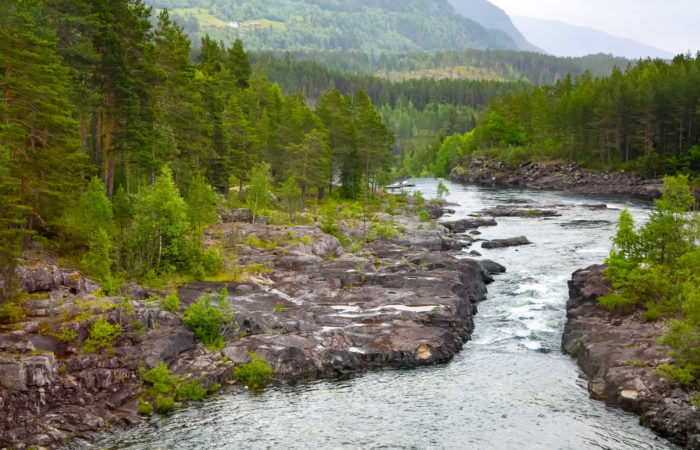Read Research Scientist, Jack Clark’s simple yet elegant blog on biomimicry below:
Biomimicry is a field of science and a way of thinking about the world that seeks to find solutions to complex problems through the observation of nature. In the natural world around us, actors such as fish, birds, and spiders are constantly creating and evolving new and elegant solutions to the problems that they encounter. These problems are incredibly dynamic, and the solutions must constantly be refined as the environment changes and reacts to what the actors have done.
The field of biomimicry holds one thing true, something in nature has most likely had to solve the problem that we are trying to solve, so why reinvent the wheel? While we as humans are great at complex problem solving, we often cannot imagine the ways that nature has developed to handle some of the simplest tasks that we perform. That is doubly true for complex systems, where there may be many actors, and different type of actors, that influence how the system works.
Velcro is an excellent example of biomimicry in our everyday lives. Observation of the tiny hooks found on bur fruits and seeds lead researchers to the invention of a two-part system which mimics hair or fabric on one side, and the bur on the other allowing us to mount paintings, quickly fasten our shoes and keep things in one place in a reliably reusable way.
Similar to a natural ecosystem, xGraph is a tool that takes advantage of the concept of biomimicry to manage complex systems. A natural ecosystem maintains equilibrium while each actor has at best an incomplete knowledge of the entire system. xGraph performs a similar act, maintaining connections between actors while organizing and reorganizing to maintain equilibrium.
This digital ecosystem, as some might describe it, allows the management of behaviors at any level of complexity. Thanks to the self-organizing nature of xGraph, it also allows for the management of emergent behaviors which may develop over time as the system reaches different equilibriums. The same can be said for an ecosystem, where actors will modify their behaviors as the environment shifts.


